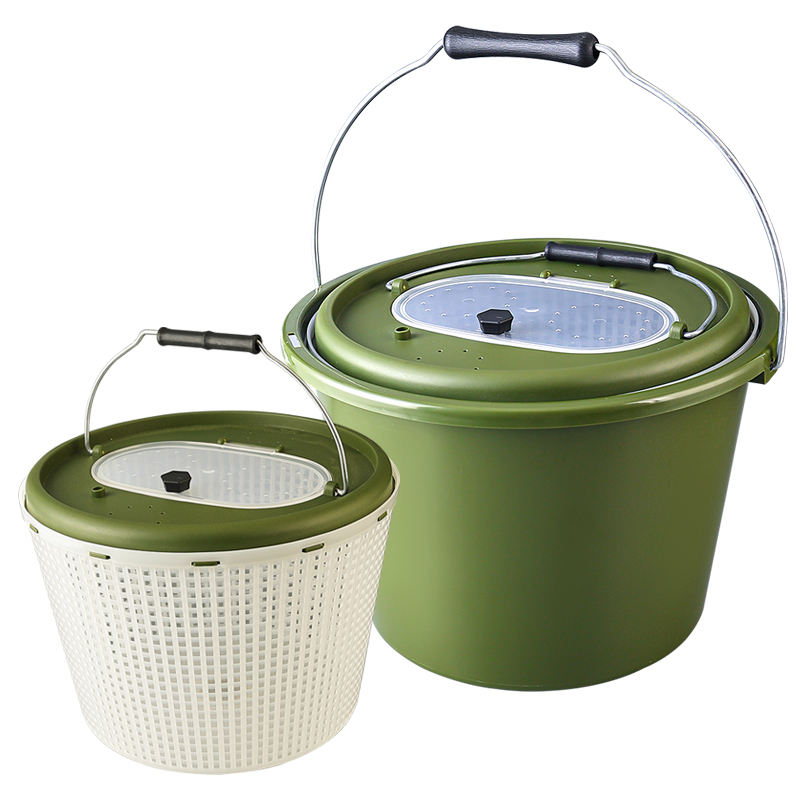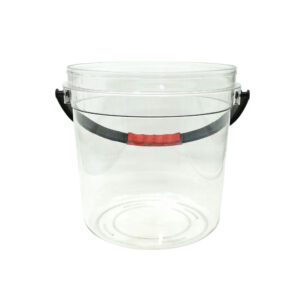Plastic buckets, like many plastic products, have a significant environmental impact due to their long decomposition time and the resources required for production. Here’s a breakdown of their environmental impact and ways to recycle them:
Environmental Impact of Plastic Buckets:
- Plastic Waste:
- Plastic takes hundreds of years to decompose in landfills, contributing to long-term pollution.
- Improper disposal of plastic buckets can lead to microplastics entering ecosystems, affecting wildlife and water quality.
- Resource-Intensive Production:
- Manufacturing plastic requires petroleum, a non-renewable resource, and the process generates greenhouse gas emissions, contributing to climate change.
- Non-Biodegradable:
- Since plastic doesn’t biodegrade naturally, it poses a lasting threat to soil, water, and marine life. Plastic debris is harmful to animals, especially those that mistake it for food.
- Toxic Chemicals:
- Certain plastics contain harmful chemicals like BPA (Bisphenol A) or phthalates, which can leach into the environment or food/water sources if the plastic is improperly disposed of.
How to Recycle Plastic Buckets:
1. Check Local Recycling Guidelines:
- Not all types of plastic can be recycled the same way. Make sure the bucket has the recycling symbol (typically a number inside a triangle) and check if your local recycling program accepts that type of plastic (usually HDPE, or High-Density Polyethylene, is recyclable).
2. Clean Before Recycling:
- Before you recycle plastic buckets, it’s important to clean them thoroughly to remove any debris, oil, or chemicals that could contaminate the recycling process.
3. Repurpose or Reuse:
- Gardening: Turn plastic buckets into planters or storage for gardening tools.
- Storage: Use them for organizing small items around the house or garage.
- DIY Projects: Craft projects, like turning buckets into a homemade compost bin or even a bird feeder, can give them a second life.
- Paint or Decorate: Plastic buckets can also be repainted or decorated and used as stylish storage solutions.
4. Return to Manufacturer:
- Some manufacturers may have take-back programs where you can return used buckets for proper recycling or reuse in their production processes. It’s worth asking about these programs.
5. Upcycling:
- Consider donating or selling your old plastic buckets for someone else to reuse in their own projects, reducing the need to produce new items.
6. Avoid Single-Use Plastic:
- If you’re concerned about the environmental impact of plastic buckets, try to minimize single-use plastics in favor of more sustainable options, such as metal or biodegradable materials.
Alternative Materials to Consider:
If you’re looking to reduce your plastic consumption, here are a few alternatives:
- Metal Buckets: As discussed earlier, these are durable and often recyclable without significant environmental impact, although they can still contribute to waste if not disposed of properly.
- Biodegradable Plastics: Some companies make buckets from biodegradable plastics, though their effectiveness can vary.
- Bamboo or Wooden Containers: For decorative or light-duty use, bamboo and wood are natural, renewable materials.
Would you be interested in exploring more eco-friendly options for your projects?












